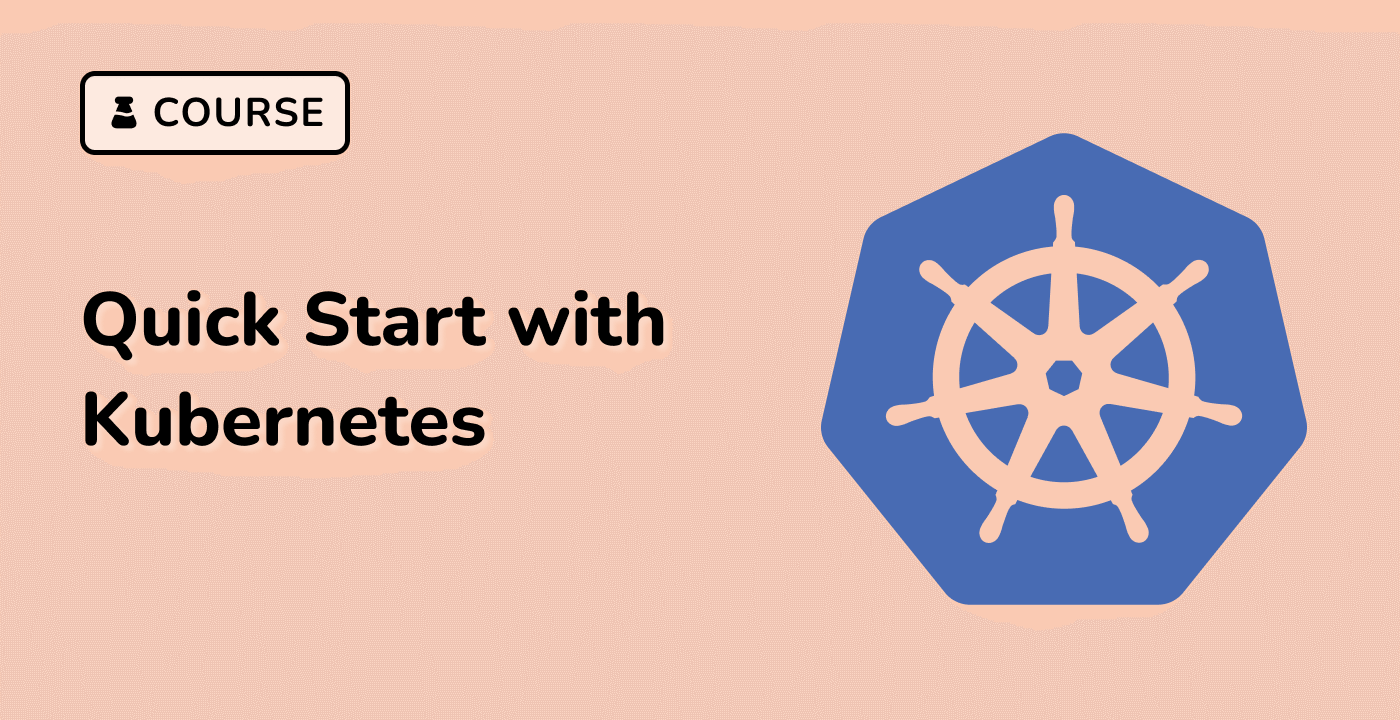Introduction
HorizontalPodAutoscaler is a Kubernetes feature that allows you to automatically scale the number of pods in a deployment based on resource utilization. In this lab, we will learn how to use HorizontalPodAutoscaler to automatically scale our deployment.



